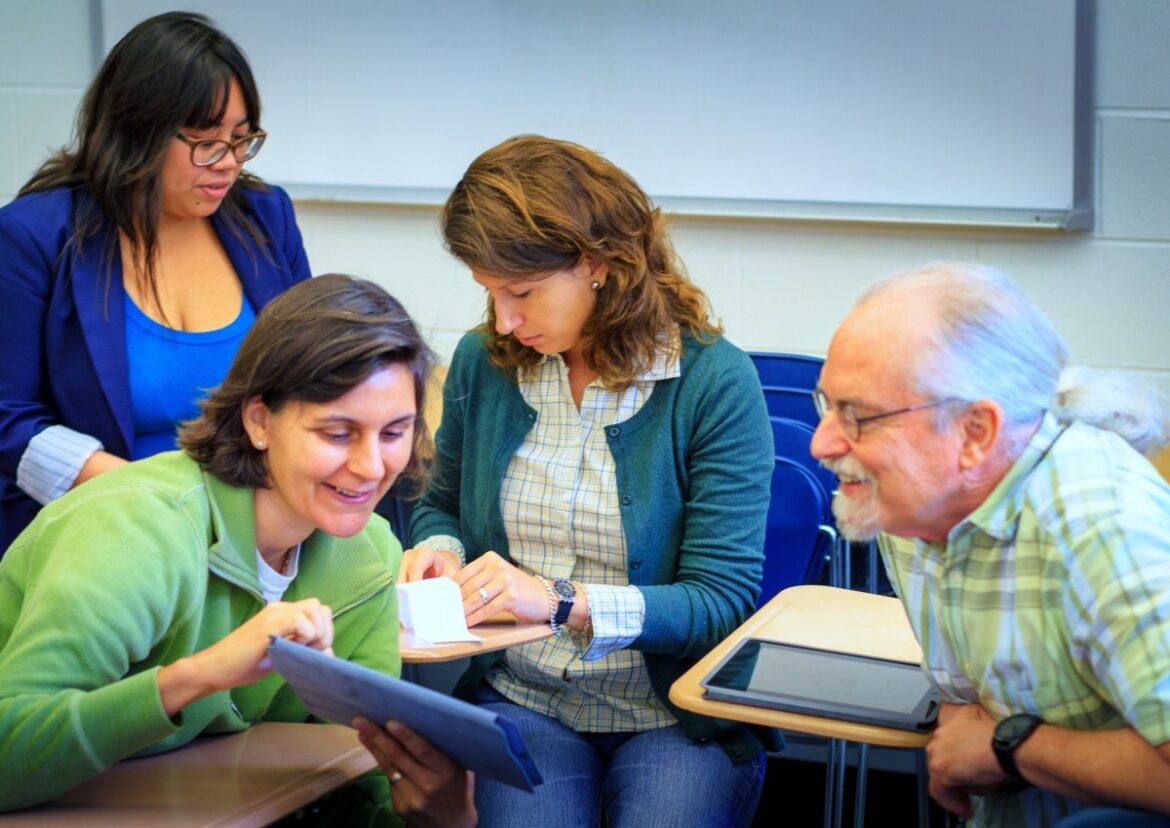“We’re getting started with coaching in our district,” said the technology director. “We thought that for the first year, we would build relationships on campuses. After that, we could look at coaching models to adopt. What are your thoughts?” I have to admit that the question with the long lead-up caught me off guard. How would I go about selecting a coaching model for my school district?
Ed Tech Coach Visioning
Back in March, 2016, I had spent some serious time researching coaching models. My goal was to offer suggestions that were more ed tech friendly. My curriculum and instruction counterparts were eyeing Jim Knight and Karen Anderson’s Results Coaching. Having attended training for the latter, I was a bit leery. It involved crying and digging into personal feelings and thoughts. While there was a lot to like, you had to mind your vocabulary choices, and neither version or hybridization of models offered ed tech support.
My proposal had the following suggested purpose:
The purpose of district ed tech coaches is to put in place a coaching model. This models seeks to provide a professional helping relationship and process. The coach, possessing expertise and experience, aids the teacher. The teacher, with support, will learn and get new skills by a colleague.
To make the proposal irresistible, I included four must-have aspects. Let’s take a quick look at those.
Four Aspects of Ed Tech Coaches
The proposal described coaches as having four aspects to the work of coaching:
- Instruction and Technology Coach. This aspect of the coach focuses on the how of instruction. It also seeks to ease staff’s use of technology-enhanced processes. This means putting in place new processes that redefine current teaching, learning, and leading tasks.
- Data Coach. These strategies focus on staff examination of student achievement data, making it easier to design instruction and to make curricular decisions.
- Resource Coach. This component focuses on coaches maintaining resources for each other and staff. This includes management of a variety of digital tools and resources for teachers and students to use in a technology-rich learning environment.
- Classroom Supporter. This involves working side-by-side with a teacher to model effective teaching. Co-planning, co-teaching, and engaging in reflective conversations are critical to teaching and learning.
As you might imagine, the proposal was not accepted. At the time, instructional coaching was a bit nebulous. And the proposal failed to articulate key components of any coaching model. You can read the complete proposal online. As my first effort, it was worthwhile because it does set the coach up as a superhero.
Coaching Model #2: Jim Knight’s Instructional Coaching
All coaching models lead back to the seminal work of Jim Knight. Even the collegial coaching model which I recommended for use by ed tech coaches hearkens back to his work. Jim Knight points out that any new coaching program must address seven success factors.
- Do you have a coaching cycle with student-focused goals?
- How do you work with adults? Teachers as partners?
- Do you have a set of teaching practices or instructional playbook?
- How do you gather data?
- Do you have communication skills?
- Are you a leader in the way coaches need to be a leader?
- Are you supported by the principal?
It would take too long to go into each of the seven success factors. You can read a bit about each in Jim Knight’s Instructional Coaching blog. This four minute video also does an excellent job of capturing the essence of the seven factors.
Overcoming Professional Development Woes
“You are doing anchor charts all wrong,” said one session facilitator to an elementary school teacher. “When she said that,” reported the teacher, “I lost all confidence in her. Since she did it in front of the entire grade level team, everyone turned her off. We went to see the principal later.” This real life situation occurred in the midst of a professional development session. As you might imagine, that workshop facilitator is now persona non grata in our school. It’s easy to mess up in a professional development session. Someone can ask a challenging question and the next thing you know, you’re on the defensive and saying something wrong.
In a recent article, Jim Knight points out that in the past, teachers:
- Had low expectations for professional development
- Did not find that professional development met their needs
- Complained that professional developers failed to recognize expertise teachers had
- Seldom implemented what they heard about in workshops
- Perceived professional development facilitator’s approach as a barrier to implementation
He suggests an instructional coaching model that makes partners of teachers. In this coaching model, teachers rely on what they know and their own experience. This ensures that teachers work to determine the best practices for their classroom. To do that, Jim Knight recommends the three-stage Impact Cycle (view the Impact Cycle Checklist).
The Impact Cycle consists of the steps of Identify, Learn, and Improve. As you might imagine, this particular model differs from Diane Sweeney’s student-centered coaching. Yet it is flexible enough to use in a variety of ways.
Coaching for Results: The Impact Cycle
Finding the right coaching model can be tough. In the next portion of this series, we’ll take a look at some other coaching models. Be sure to check out other coaching blog entries.

